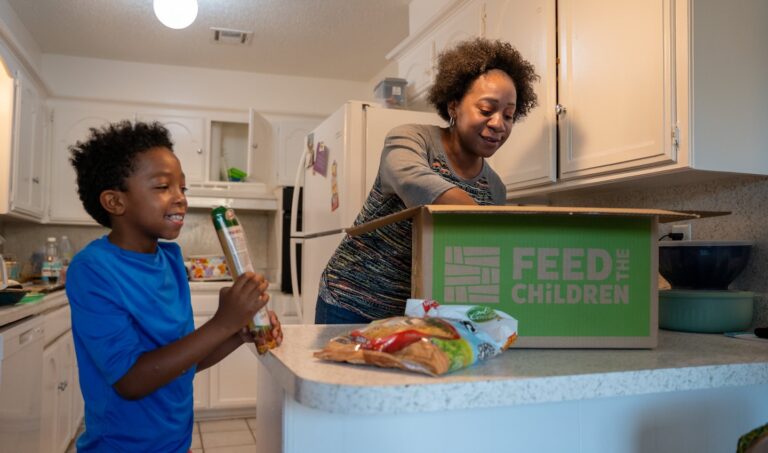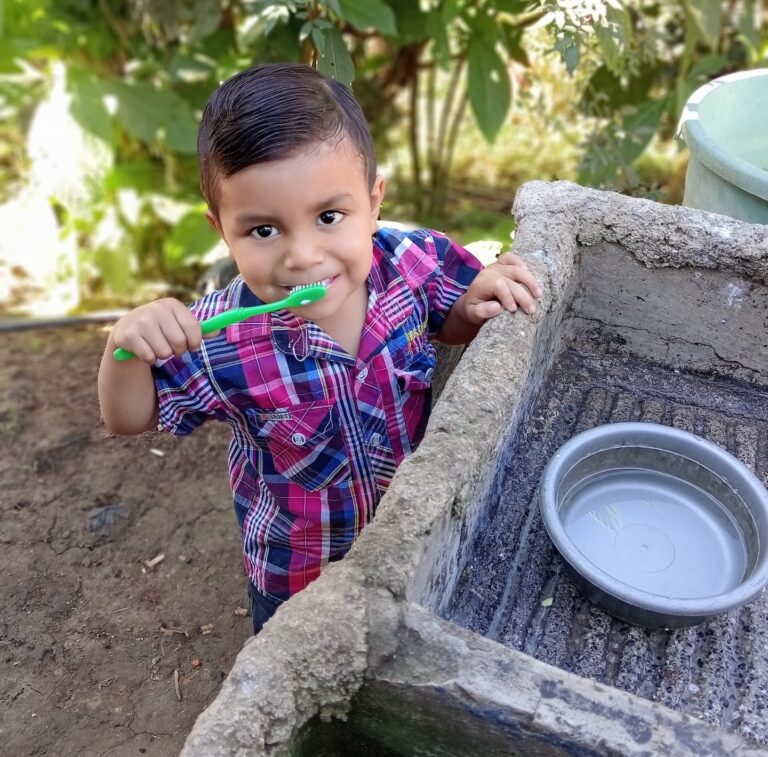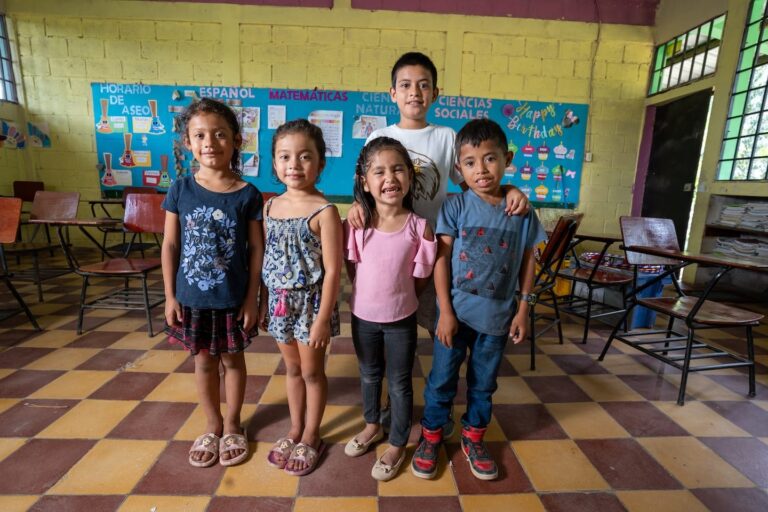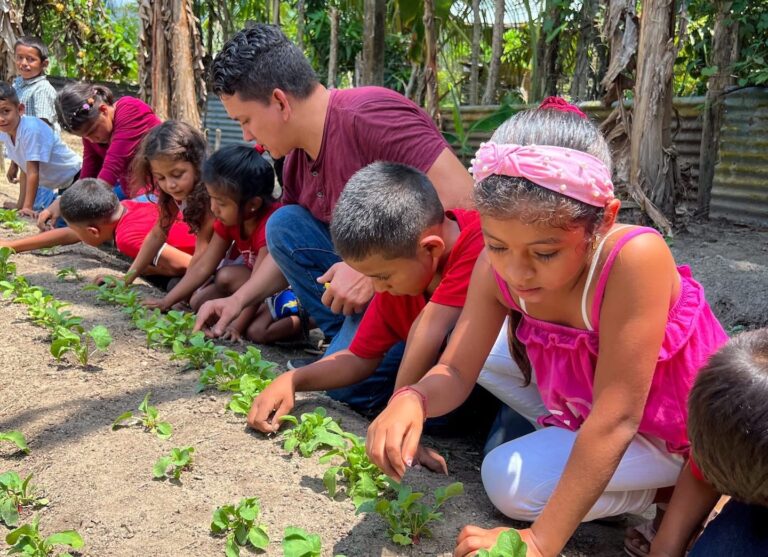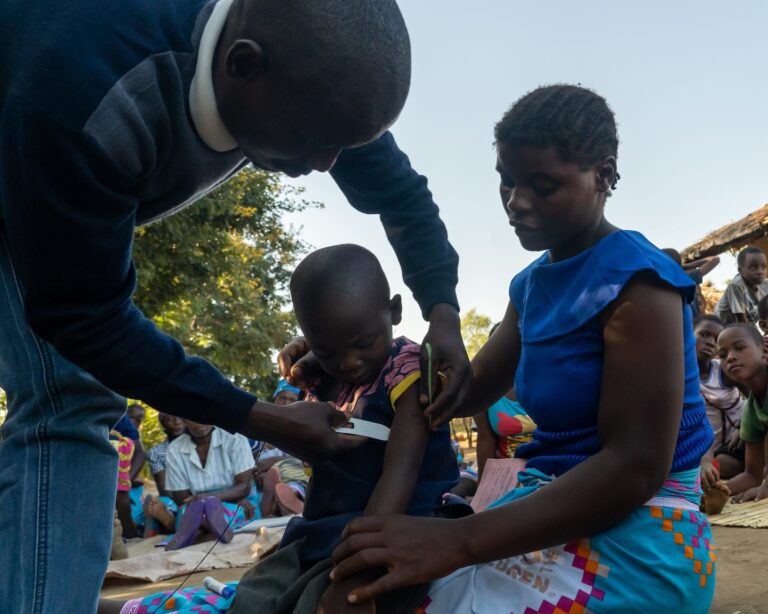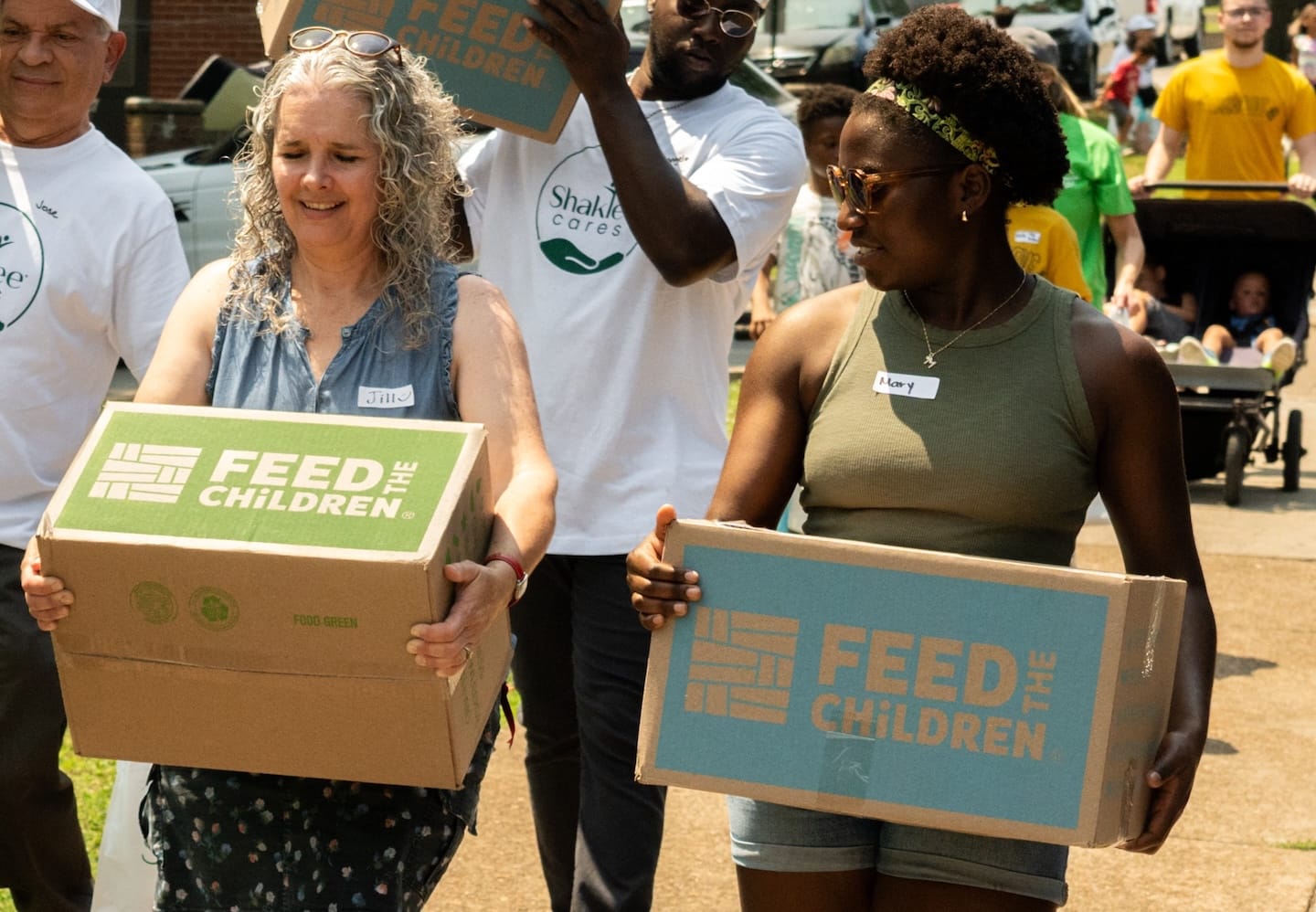
How You Can Support Food Security in Your Community
In the United States, one in five children is food insecure. These children don’t know when their next meal will be, or whether they’ll be able to eat enough to actually fill their tummies. You may not always see food insecurity, but it is always there.
But it doesn’t have to be. Organizations like Feed the Children are working towards a world where no child goes to bed hungry. Ending childhood hunger will take all of us, but it is possible.
Here are five ways you can improve food security and fight hunger in your local community:
1. Donate or volunteer.
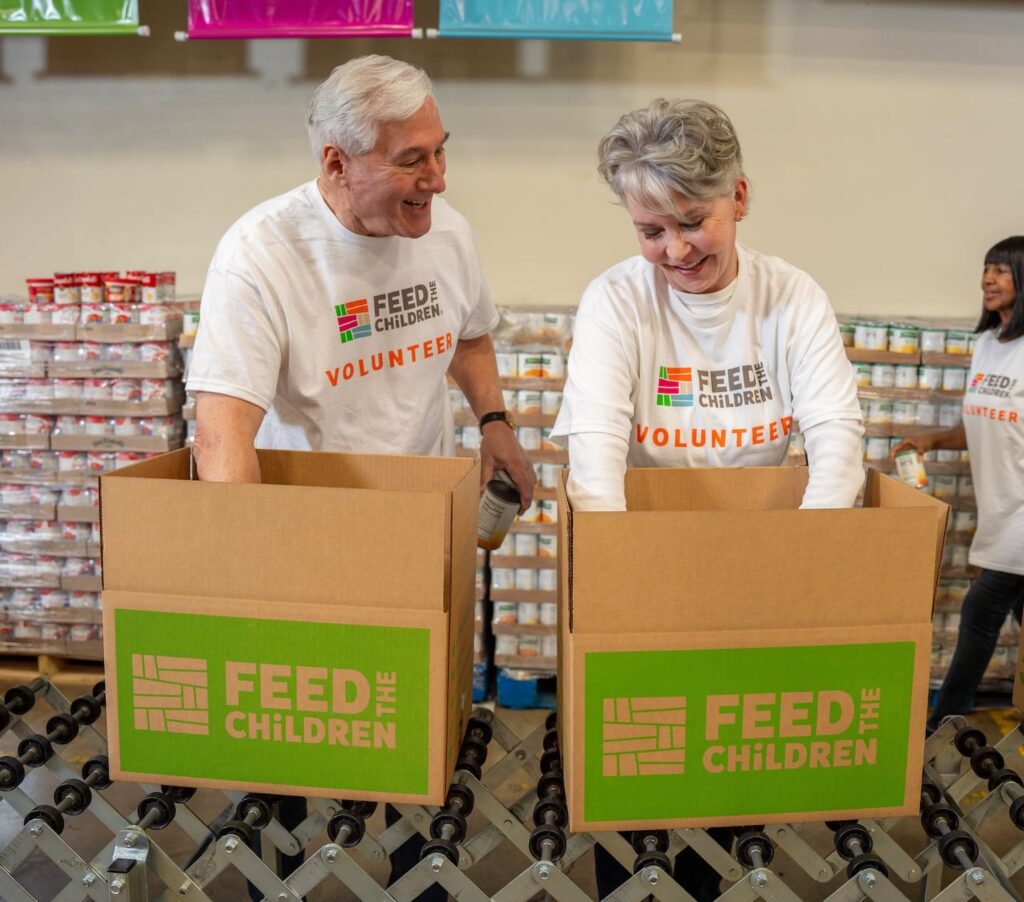
The easiest way to make a difference is to become part of a larger hunger-fighting community. Feed the Children has been a leading anti-hunger organization for nearly 50 years. Thanks to our supporters, we’ve helped millions of children and families through Resource Rallies, in-school Food & Essentials Hubs, and other programs – and we’re always looking for ways to do even more! You can help by giving a gift or volunteering at a Feed the Children distribution center.
2. Organize a food drive.
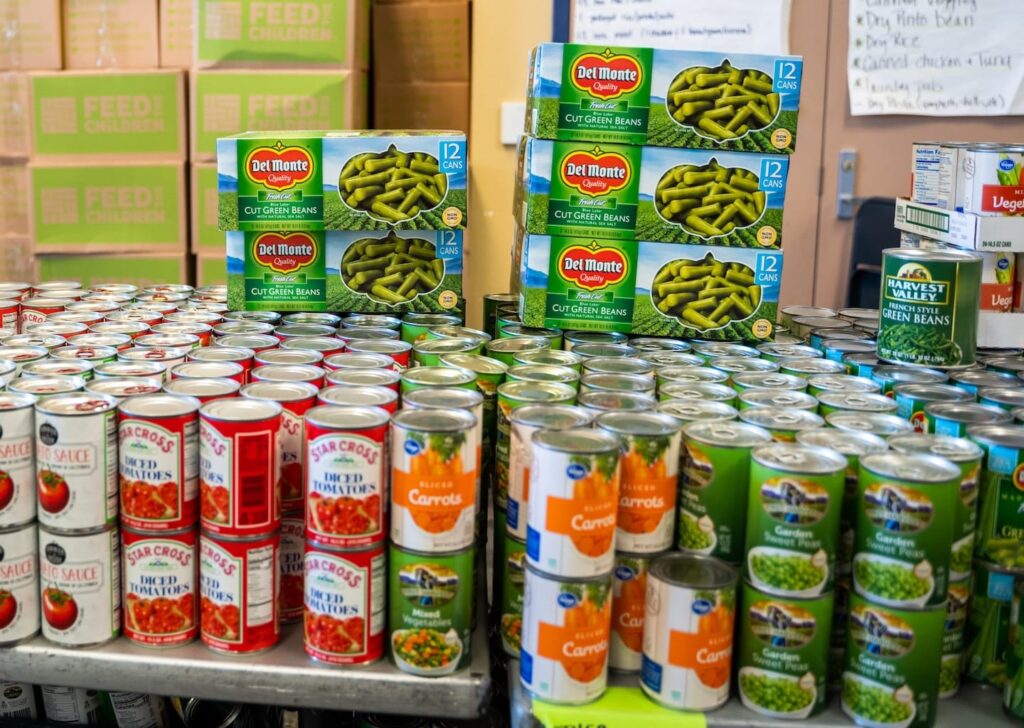
Food drives are a great way to engage a larger number of people in fighting hunger. First, you’ll need to make sure there is a local food pantry or soup kitchen that accepts food as a donation. You can ask your office at work, church, school, or neighbors to join you in creating a food drive and collect canned or nonperishable goods.
3. Look into food recovery programs.
Food recovery initiatives take surplus food that will otherwise be thrown away and redistribute it, helping reduce both food waste and food insecurity. Grocery stores, restaurants, farms, and even public schools are all great candidates for food recovery programs. If there are none in your area, help educate these institutions on the benefits of food recovery and encourage them to start one.
4. Create a community garden.
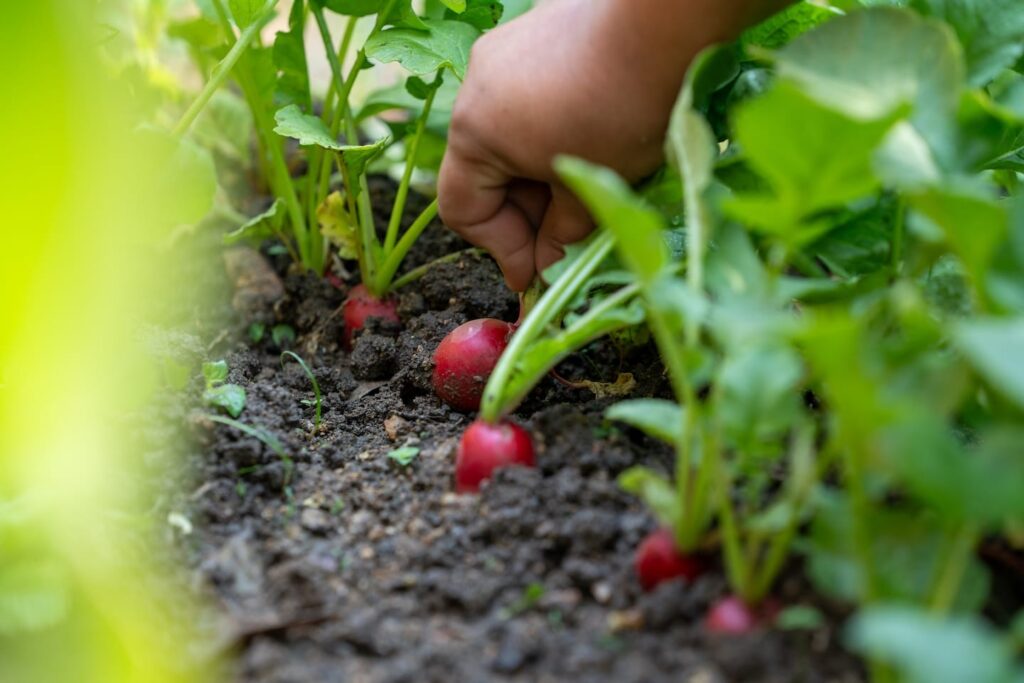
In food deserts, fresh fruits and vegetables can be especially hard to come by. These foods are full of healthy vitamins that children need to grow up strong and healthy, so if you have the time and means to start a community garden, it’s a great way to fight food insecurity in your community.
5. Support government policies that help reduce food insecurity.
Programs like SNAP have been shown to help reduce food insecurity and poverty, as well as improve the health of recipients. Free school lunch programs are also incredibly beneficial for children experiencing food insecurity. Supporting these programs means supporting children who need your help.
Food insecurity is cruel. But it isn’t permanent. Every day, thousands of children receive the vital food they need to nourish and fuel them thanks to people like you, committed to making a difference! No matter how you choose to reduce food insecurity in your community, we thank you!


